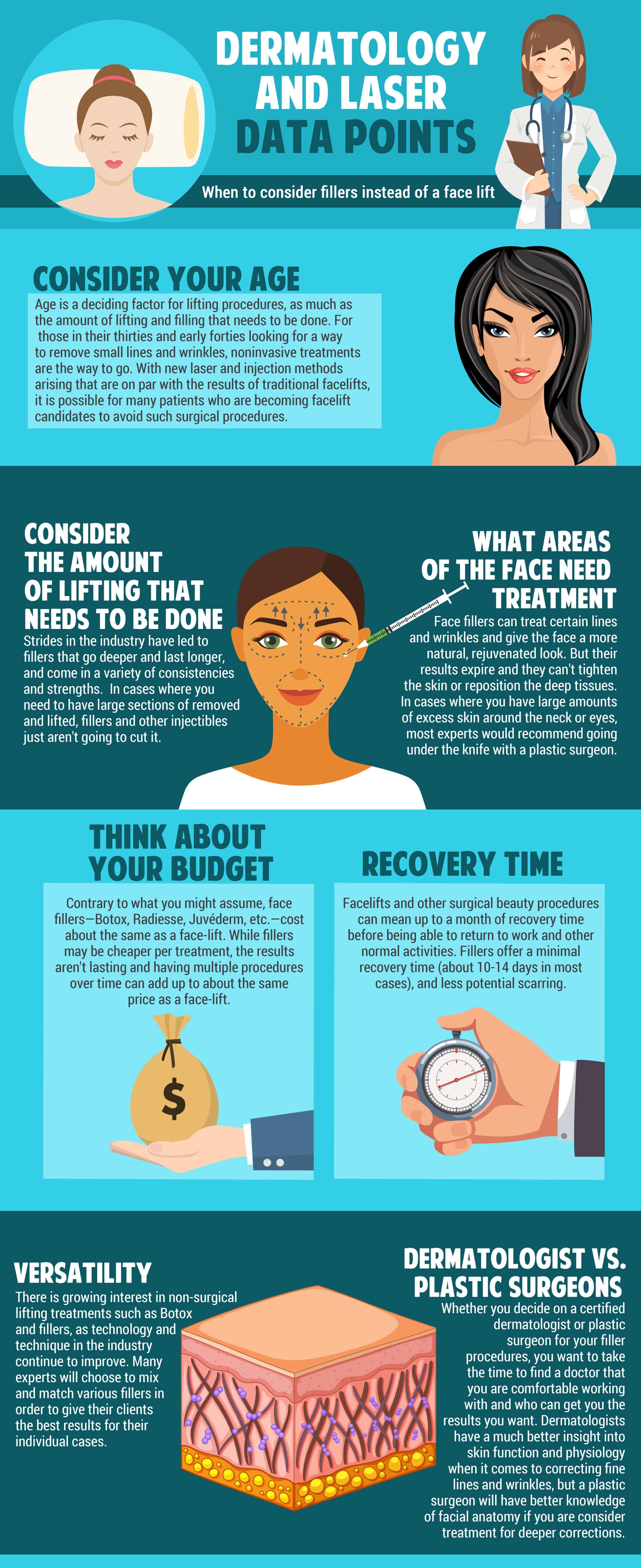A Complete Guide To Diagnosing And Handling Eye Imbalance
A Complete Guide To Diagnosing And Handling Eye Imbalance
Blog Article
Eye Muscle Realignment Surgery By-Bitsch Martinussen
If you've ever before knowledgeable concerns with your vision, like double vision or trouble evaluating ranges, you might be dealing with eye imbalance, called strabismus. Understanding its reasons and symptoms is necessary for effective administration. Whether you're observing these signs in on your own or another person, understanding what actions to take following can make a substantial distinction. Let's check out exactly how to come close to diagnosis and treatment properly.
Understanding Eye Misalignment: Causes and Signs and symptoms
When you notice your eyes aren't straightening correctly, it can be more than simply an aesthetic concern; comprehending the reasons and signs of eye misalignment is vital for your overall eye health.
Eye misalignment, or strabismus, can come from numerous variables, consisting of genetic predisposition, neurological conditions, or muscle inequalities. You could experience symptoms like double vision, trouble concentrating, or eye stress.
Often, misalignment may bring about problems with depth understanding, making day-to-day tasks testing. If you've noticed any one of these indicators, addressing them early can protect against additional complications.
Identifying that eye imbalance can influence not just your vision yet additionally your quality of life is necessary. Remain informed and proactive regarding your eye health and wellness to make certain optimum wellbeing.
Diagnosis of Eye Misalignment: Tests and Procedures
Determining eye misalignment calls for a complete evaluation by an eye care expert. Throughout Crossed Eyes In Adults through, they'll likely perform a collection of tests to analyze your eye alignment.
Expect a visual acuity test to inspect just how well you see, adhered to by a cover test, where one eye's vision is momentarily blocked to observe the other eye's movement.
You'll also undergo a mobility test, which examines just how well your eyes relocate together. In some cases, your eye doctor may make use of a prism examination to gauge the degree of imbalance.
Additional assessments may consist of assessing your depth perception and 3D vision. These examinations assist your eye treatment provider properly identify your condition and establish the best course of action for you.
Treatment Options for Eye Misalignment: What You Need to Know
Exactly how can you successfully treat eye imbalance? The therapy choices readily available depend on the extent and underlying cause of your condition.
For many, vision treatment is a great first step, including exercises to boost sychronisation and focus. If your imbalance is extra obvious, your optometrist might advise rehabilitative lenses, which can assist straighten your vision.
In some cases, surgical procedure might be necessary to readjust the muscles around the eyes. This can provide long-lasting results for those with considerable placement problems.
It's essential to discuss your alternatives with a qualified eye care expert to identify the best course of action tailored to your needs.
Conclusion
Finally, navigating eye imbalance can feel frustrating, however you're not the only one. By comprehending the causes and symptoms, looking for timely diagnosis, and discovering treatment options, you can take charge of your eye health. Normal exams and proactive treatment will certainly boost your outcomes and enhance your quality of life. Don't be reluctant to connect to an eye care specialist to review your issues and find the very best course forward for your vision needs.
